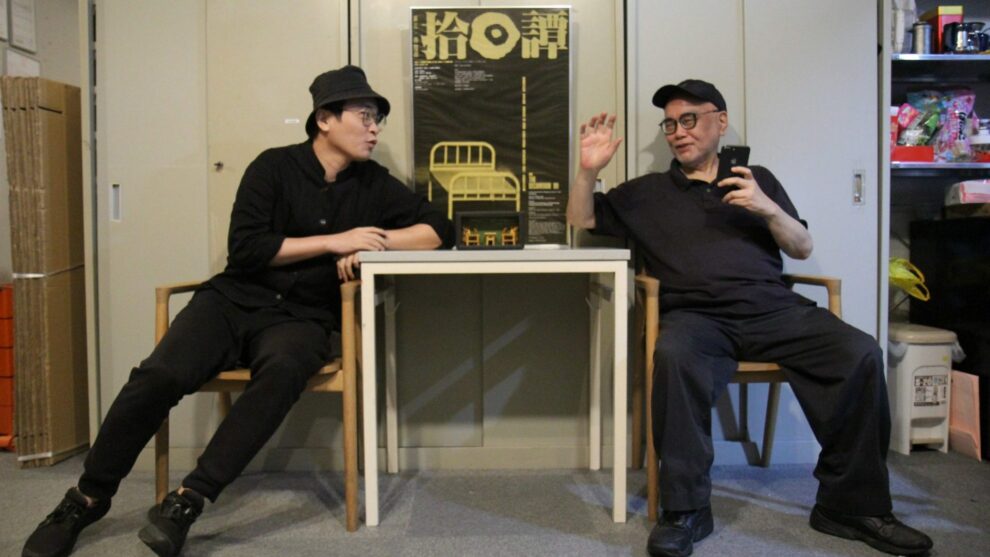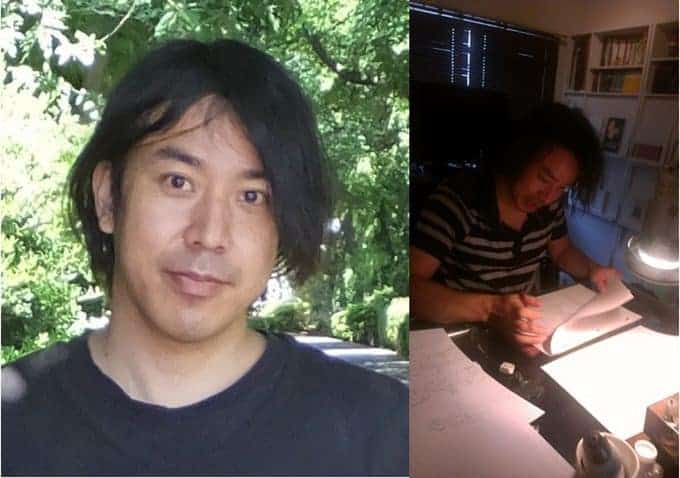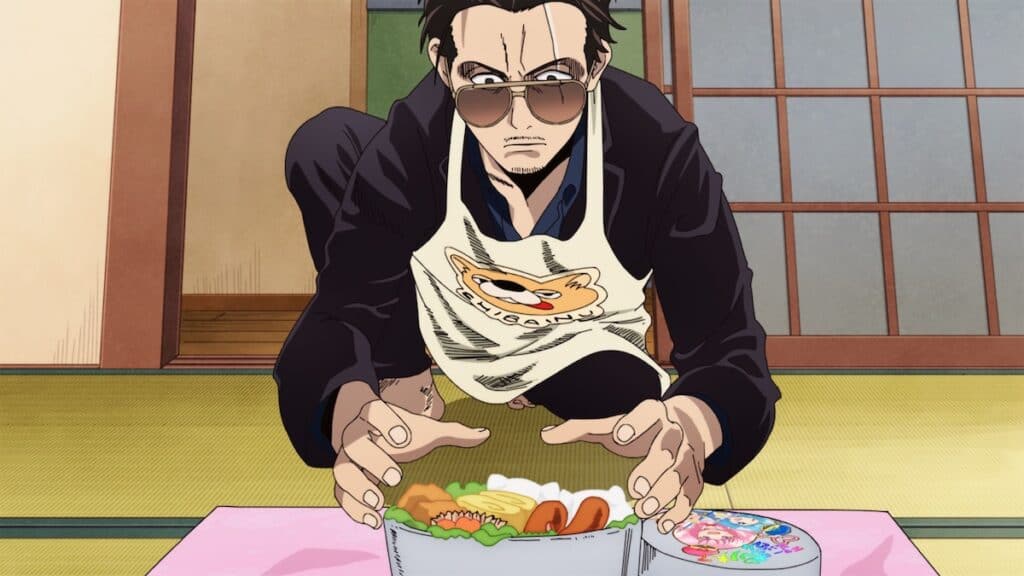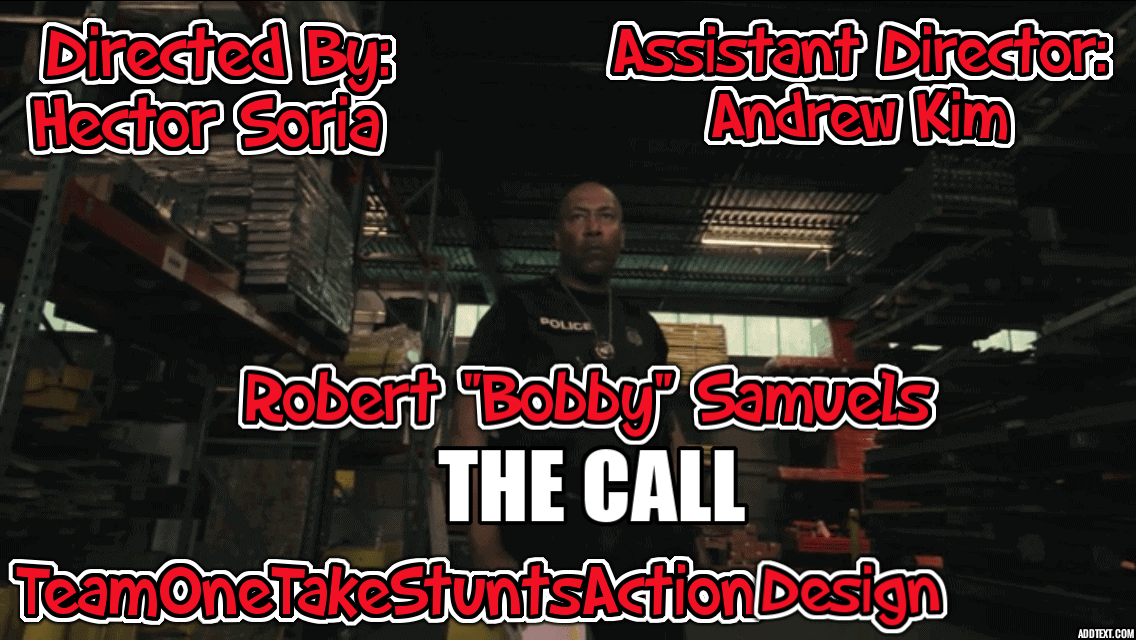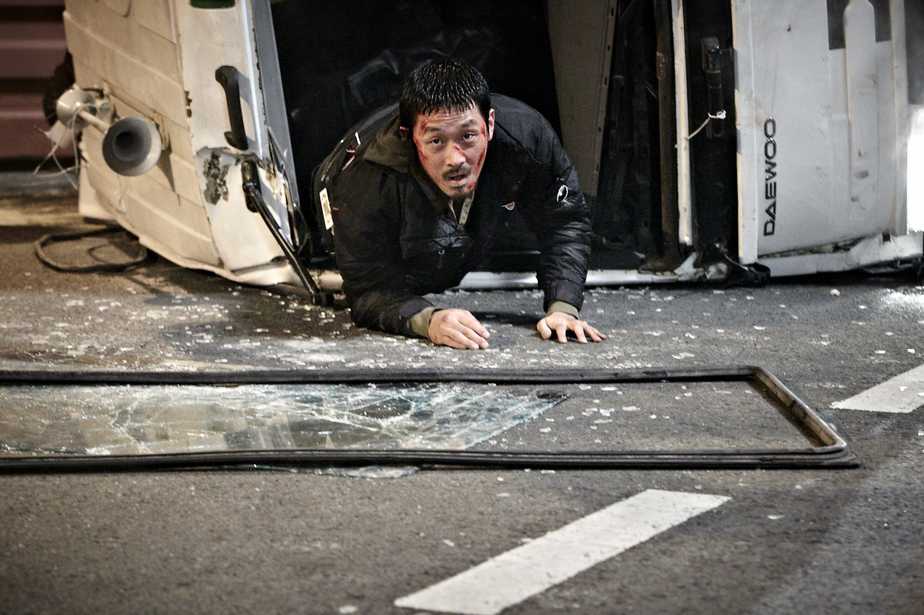By Liu Xiaoyi, Artistic Director of Singapore's Emergency Stairs”
the article was initially published on zuniseason.org.hk, on 29/08/2022
Ever since the start of the pandemic, the discussion on “post-pandemic” has been ongoing. The yearning for post-pandemic is actually a yearning for a sense of return to “normalcy”. Human beings subconsciously believe that “normal” is better than “abnormal”. However, do the concepts of “post-pandemic” and “new normal” really exist?
In this global public health crisis, the “abnormal” strategy of performing arts and cultural exchange is to virtualize live performances and move cultural exchange and international collaboration online. In the past three years, although live performing art has not yet reached a state of collapse, its nature of real-liveness and sense of collectivity have been subversively impacted. Cultural exchange has been suspended, so a more flexible way is to turn cultural exchange into video conversations. For example, Danny Yung and I had a series of online conversations last year called The Decameron, which is our new experiment on virtual exchange. Although I can meet him face-to-face in Hong Kong, the audience with us in real-time cannot exist in real space. The original public communication in the form of forums, performances, and workshops has been transformed into private communication through the camera lens. The physical field in cultural exchange is also forced to be redefined.
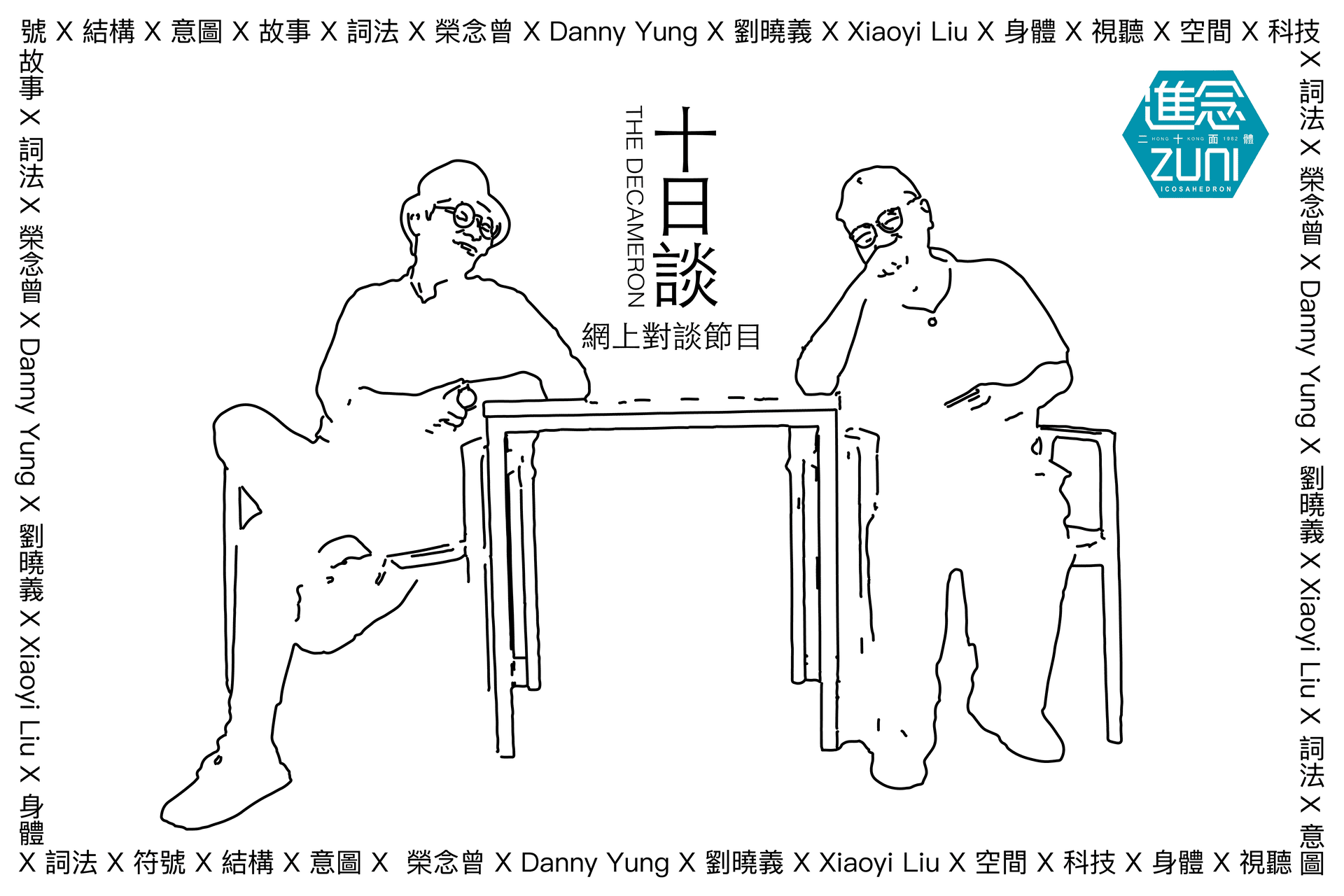
Can these “abnormalities” become “new normals”?
Live performances have been restored to varying degrees in places around the world, but face-to-face international exchange is still being treated with extreme caution and progress is very slow. Virtualization does not seem to function as a true replacement. Conversely it has made the impacts and challenges of the pandemic stand out even more. I summarize these challenges as Chronic Stress, Tech Anxiety and Exchange Illusion.
“Chronic Stress” kills morale
“Chronic stress” is an old problem emerging in the so-called “new normal”. It has existed in cultural workers' hearts for a long time. In June 2020, when Singapore was severely blocked due to the pandemic, the English newspaper The Sunday Times published a survey result that shows “being an artist is the most non-essential job”. All of a sudden, artists feel like the public had rubbed salt into their old wounds. But in fact, this is not something new. Only that the pandemic has made the fact more tragic. In the past three years, various uncertain factors have accumulated into negative feelings and thoughts in response to home quarantine, shut-down/lay-off, career change, and receiving handouts. Online performances and exchanges do not seem to ease artists' anxiety, but instead keeps accentuating, reminding, and even intensifying their distressed state. Their enthusiasm and morale for art is replaced by the exhaustion brought upon by the expanding predicaments of life, leaving only more confusion, anxiety, irritability, and even hopelessness…
In early 2020, I established the Emergency Academy, a cultural leadership training platform, to try to answer this dilemma. However, when these artists from all over the world are engaged in virtual exchange by staring at themselves on the screen for a long time, “mirror anxiety” not only reflects the lack of self-confidence but also reminds them of their distorted and trapped living situations again and again. In addition to providing some mutual comfort and strategies for reference, virtual exchange may also be validating its reality of “no way out” and “irrelevance”.
“Tech Anxiety” brings panic
The pandemic has accelerated humans towards virtual reality. We eagerly moved the scene online, but the data and experience quickly told us that, whether in terms of technology or ratings, we are falling far behind the various mukbang eating shows of the social media influencers, live broadcasts in quarantined hotels, and boring variety shows of Titty Tainment. Artists quickly realize that it's not just a shift in medium, there's too much to learn and adjust. Artistic creators who are familiar with “liveness” are astounded to find that they cannot directly create and exchange in the traditional sense, and need to constantly rethink the lens language and the possibility of digital forms.
In March 2020, I participated in the planning of the Re-Connect Online Performance Festival. That may be one of the earliest stress responses made by artists to the pandemic. However, the response was not made as an initiative. It has a long way to go to truly integrate and interact with the new medium. At the recent SummerWorks Art Festival in Toronto, I collaborated with Shanghai artist Xiao Ke on the theme and content of “Firewall”. But we quickly agreed that online formats are sometimes missing the point. In September 2022, I will hold an online lecture for Tokyo Festival Farm.As expected, the eight participants from different countries were told to explore the impact of the pandemic and technology on “gathering”. Lacking the knowledge reserve, some artists may find this kind of impact too overwhelming and develop a fear of technology: Will live performances soon become traditional art? How should the old ideology be maintained?
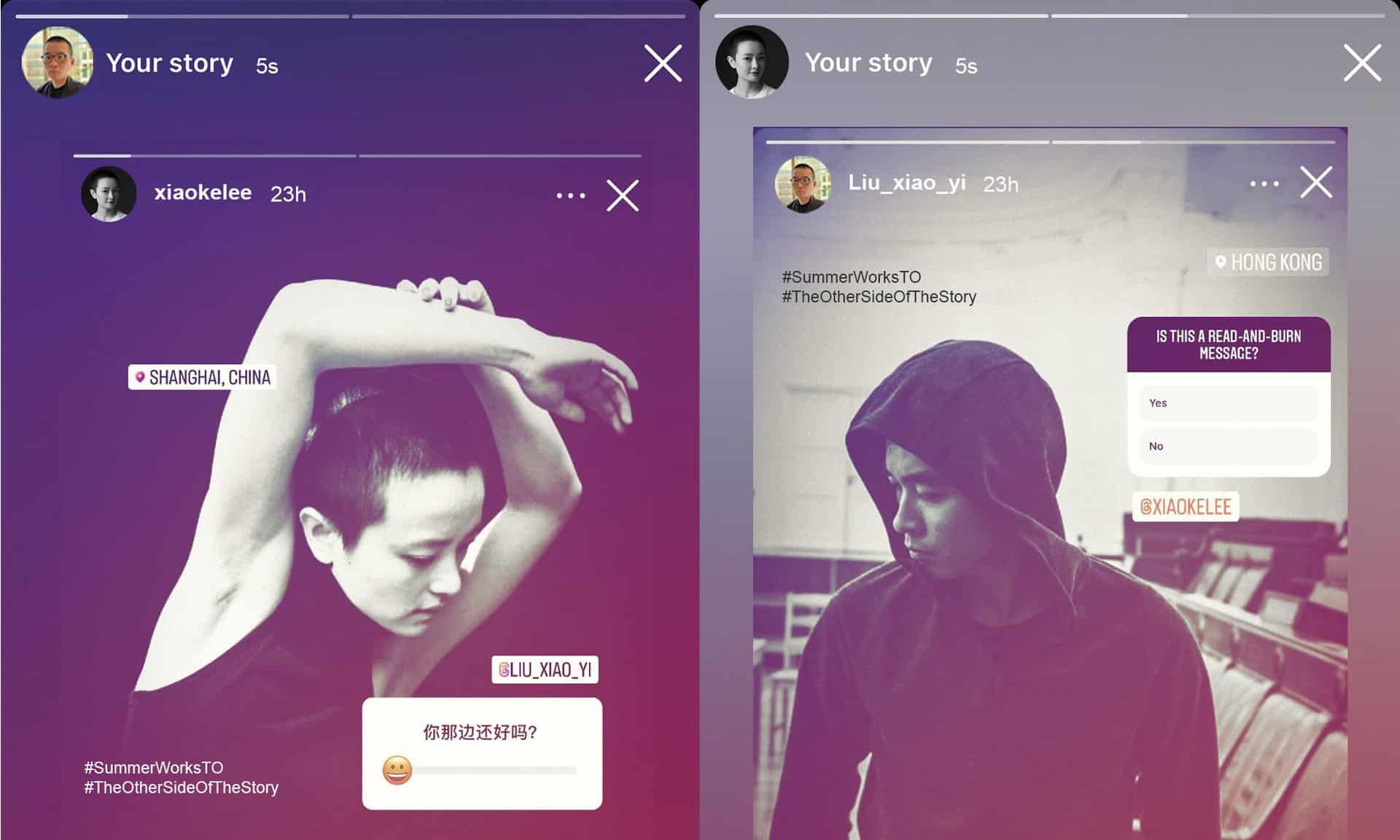
“Exchange illusion” creates a gap
Tech anxiety brings along with it a distrust of exchange. Online communication has changed the mode of speaking and listening. It is easier and more convenient for online meetings to enter the culture of others, and cultural acquisition has become highly centralized. In contrast, my physical flight to Hong Kong for a months-long exchange was a slow-paced luxury. If there is a lack of face-to-face intimate contact, like handshakes, conversations, hugs, and whispers, the mutual understanding between people on the screen will never go beyond the size of a portrait. The lack of spatial perception of temperature, sound, touch, taste and light always tells people that it is all an illusion. It's all fake.
Wang Chong (Beijing), River Lin (Paris/Taipei), and I conducted a series of Trialogue over the past three years. Every time we “meet”, we are each in our rooms. The “last three feet” emphasized in public diplomacy doesn't exist anymore. So our conversation became a performance in front of the camera, performing in front of the void and each other. Apart from us, the audiences who flocked into Zoom's chat room, and the one-way voyeurs they brought, changed the power hierarchy of communication. This “Exchange Illusion” soon brought upon a gap and fatigue in the exchange process. Another example is the online creation “The Spirits Play Online” I made earlier this year. Watching five 50+ years old artists from different cities deal with technical problems on the online platform, I feel powerless like having an illusory dream. Looking at them with my own eyes but unable to reach out and help — this sense of inability also deepens our chronic stress.
For these three years, we try to convince ourselves that the “abnormal” has become the “new normal” while hoping to return to the “old normal”. However, is this yearning for the new normal based on the remembrance of the old normal before the pandemic, or the hope for the new normal after the pandemic? Is the new normal a new opportunity and strategy? Or is it a reaction to old problems and dilemmas?
Is it possible that “no normality” is our “normality”? Are we just using the pandemic as an excuse to discover and vent our stress, anxiety, and fear?
Indeed, “we can no longer go back”. We need to adapt to the cultural exchange mode that integrates both online and offline, promoting transformation in forms brought by new technologies, and finding new strategies for long-term development. However, for cultural exchange, we always expect some developments, some changes, and some kinds of “abnormality”. It has already happened before the pandemic, so why are we still using the word “normal”? Just like I am now writing this article in this unfamiliar city Hong Kong, maybe – there is no such thing as “normal” at all.
The article was initially published in the website of Zuni Icosahedron, on 29/08/2022


